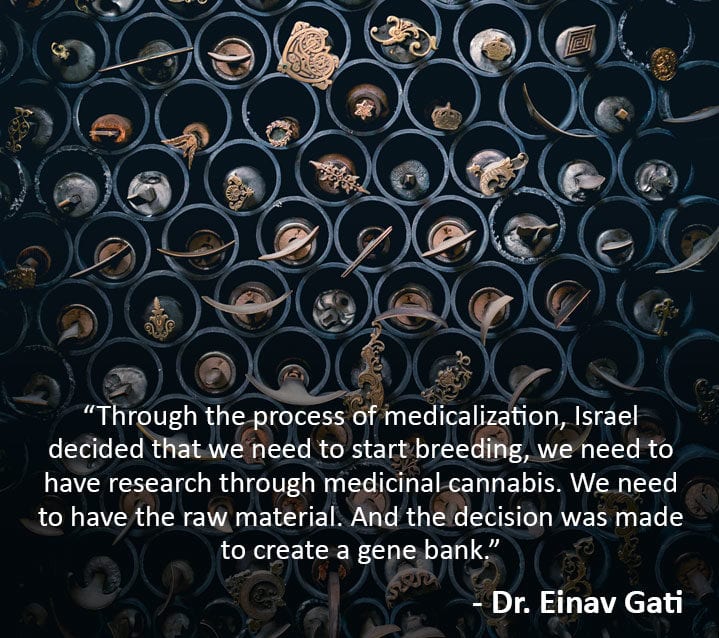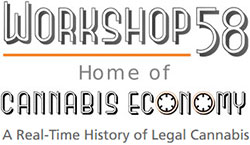
Ep. 368: Dr. Einav Gati, Volcani Institute Israel
October 6, 2018Dr. Einav Gati On the original Green Revolution: “It was like the ’30s to ’60s. They believed that we have to feed the world and to feed the world, we have to make sure that our crops are a high yield. To do that, they created the different crops of wheat, of corn- and so on- which we find today. But we forgot and somehow erased the genetic resources that we use to have. Gene banks today try to find it again, try to conserve it, try to make it available for research and breeding.”
Transcript:
Dr. Einav Gati: I'm Dr. Einav Mayzlish-Gati. I am the head of the Israeli Gene Bank in the Agriculture Research Organization, The Volcani Center.
Seth Adler: Now I'm seeing your beautiful family just behind you because you've brought me into your office and I very much appreciate being here and you have a lovely family.
Dr. Einav Gati: Thank you so much.
Seth Adler: What is this gene bank?
Dr. Einav Gati: Okay. This is the Israeli Gene Bank. We hold here and we conserve here the Israeli genetic resources, which is one of a lot of gene banks around the world. The purpose of gene banks is to save our genetic material, of plant genetic material, so we will be able to have this material for better crop, to make sure we have traits for breeding. We have a changing environmental world, so we have to make sure that we have these traits in our hold.
Seth Adler: When you say changing environmental world ... We'll get to current and future maybe, but what I was fascinated to learn and thank you for explaining it to me before we turned on the microphones is that we've got what we have now as far as wheat, for instance, but this is a specific kind of alteration of what had come before.
Dr. Einav Gati: Yes. We know that we had the Green Revolution. It was like the '30s to '60s. They believed in ... That was had to be done by then, that we have to feed the world and to feed the world, we have to make sure that our crops are a high yield. To do that, they created a different crops of wheat, of corn, of other stuff that is modern. On the background of those crops, we have everything that we are eating today. But we forgot and somehow erased the genetic resources that we use to have. Gene banks today try to find it again, try to conserve it, try to make it available for research and breeding.
Read the full transcript:
Become a member to access to webinars, quarterly reports, contributor columns, shows, excerpts, and complete podcast transcripts
